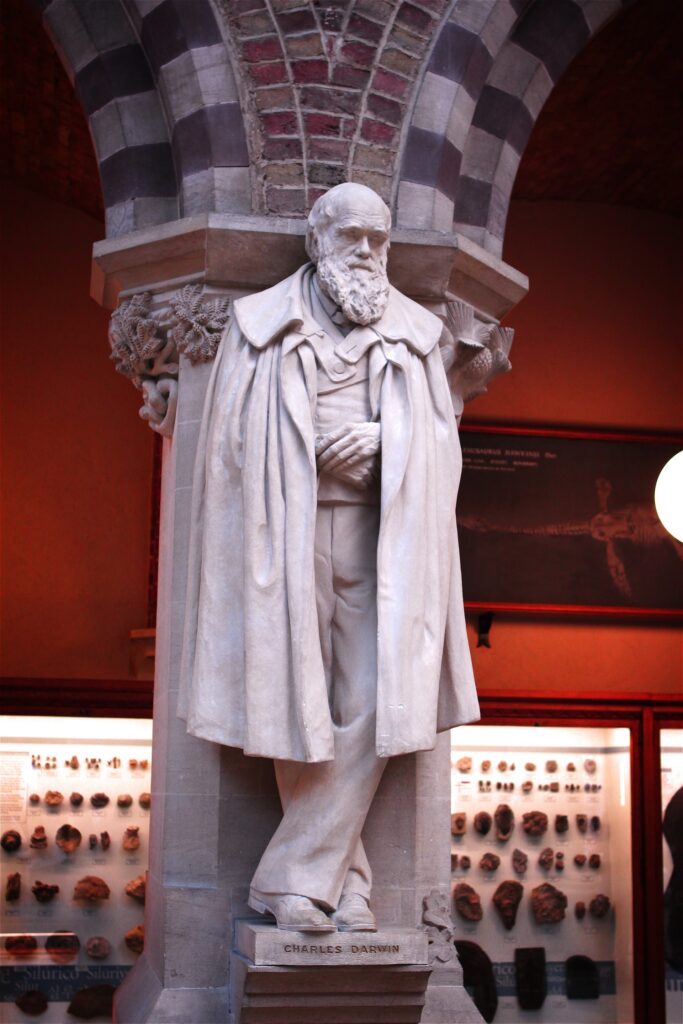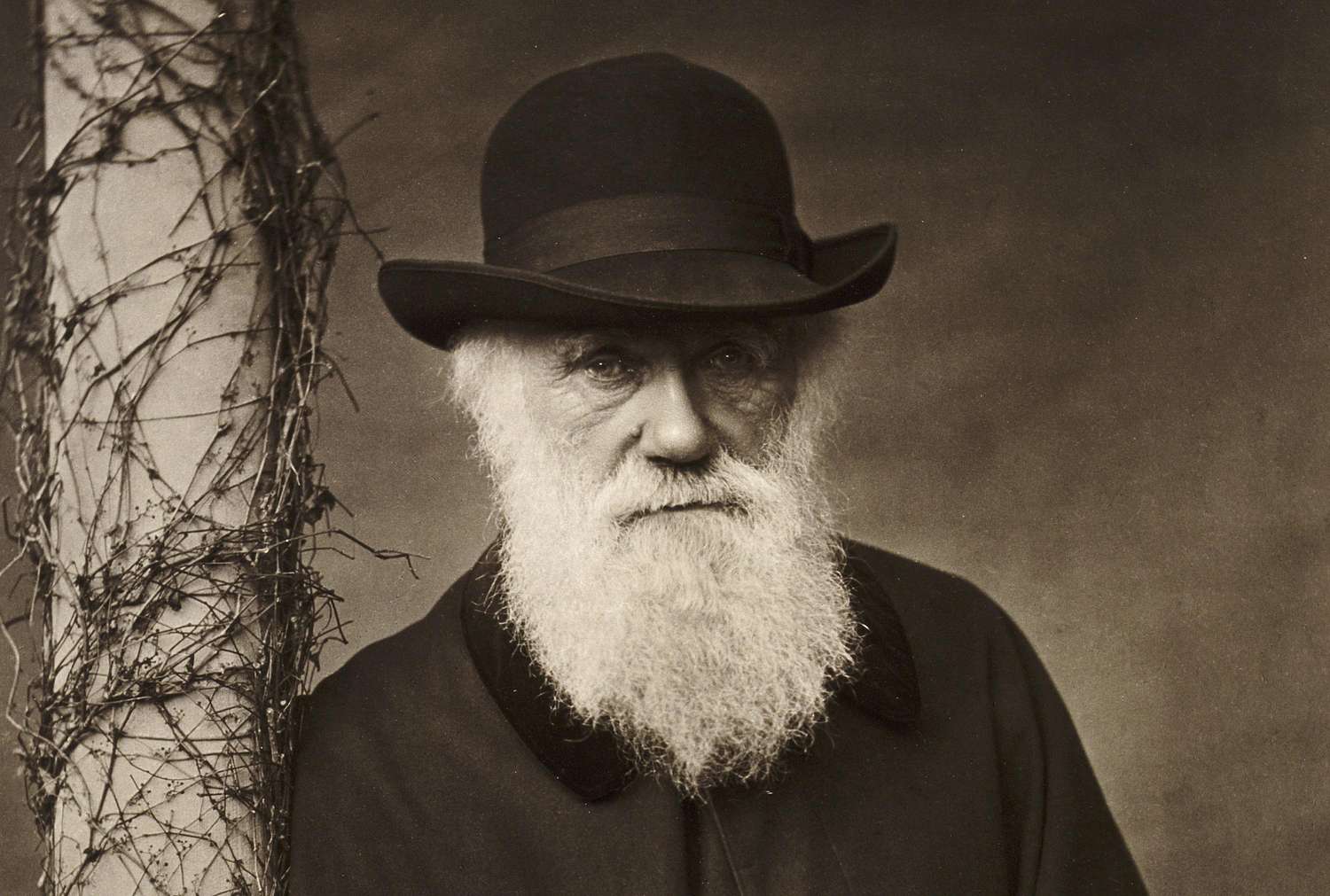December 27, 1831: A Date That Changed Our Understanding of Life
On a brisk December day in 1831, a young naturalist named Charles Darwin embarked on an expedition that would forever alter our understanding of the natural world. Aboard the HMS Beagle, a British Royal Navy vessel, Darwin set out on what was initially planned as a two-year surveying journey. Little did he know that this voyage would lay the groundwork for his revolutionary theory of evolution by natural selection.
The HMS Beagle: A Vessel of Discovery
The HMS Beagle, under the command of Captain Robert FitzRoy, was tasked with charting the coasts of South America. However, for Darwin, this journey presented an unprecedented opportunity to study the diverse range of flora and fauna across different continents and islands, most notably the Galápagos Islands.
Young Naturalist at Sea
At the age of 22, Darwin was not yet the eminent scientist we now remember. He joined the Beagle as a companion to Captain FitzRoy and as a self-funded naturalist. His observations and collections on this journey would ignite a scientific curiosity leading to profound conclusions about the nature of life on Earth.
A World of Wonders
Darwin’s exploration spanned various environments, from the Brazilian rainforests to the Andean mountains, and the unique wildlife of the Galápagos Islands. The isolation of these islands had given rise to an extraordinary variety of species, perfectly adapted to their environments. It was here that Darwin noted the variation in the shapes of the beaks of the finches, a critical observation that later contributed to his theory.
Formulating the Theory of Evolution
The journey of the Beagle lasted nearly five years, significantly longer than originally planned. During this time, Darwin’s meticulous observations and collection of specimens formed the basis of his thoughts on the transmutation of species. He began to theorize that species were not immutable creations but had evolved over time through a process of natural selection.
The Impact of the Voyage
Upon his return to England in 1836, Darwin’s extensive notes and collections garnered significant attention. His subsequent publications, especially “On the Origin of Species” in 1859, challenged the conventional views of the creation of life and laid the foundation for the field of evolutionary biology.

Legacy of the Beagle Expedition
Darwin’s journey on the HMS Beagle is more than just a historical event; it represents a pivotal moment in scientific thought. The observations and conclusions drawn from this voyage not only advanced our understanding of biology but also influenced various disciplines, including ecology, geology, and anthropology.
Reflecting on the Past, Understanding the Present
Today, as we reflect on Darwin’s journey aboard the HMS Beagle, we are reminded of the importance of exploration, observation, and the willingness to challenge established ideas. Darwin’s work continues to resonate, underscoring our ever-evolving quest to comprehend the complexities of life on Earth.
As we commemorate the anniversary of this monumental voyage, it’s crucial to appreciate how far we’ve come in our understanding of the natural world, largely thanks to the curiosity and perseverance of individuals like Charles Darwin. His journey aboard the HMS Beagle stands as a testament to the enduring power of scientific inquiry and discovery.












Ray Hanson
God created male and female, you didn’t come from a monkey, Not believing in his son, Jesus Christ will guarantee eternal damnation which is what Charles Darwin selected. Got it genius